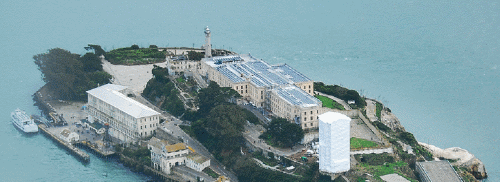This month we have a series of articles that provide you with important design information about batteries, double-layer (ultra/super) capacitors, and alternative energy for microgrid energy design.
The first article, from Eaton , is about supercapacitors and how they are now being considered as replacements for or compliments to batteries in a wide variety of systems, ranging from engine starting, energy harvesting, uninterruptable power supplies and traction applications. The high energy density and virtually endless lifespan make them very desirable and as such, they’ve witnessed an incredible growth rate. But choosing a supercapacitor for a system is not always automatic since these devices offer a wide variety of voltages, capacitances, cycle rates, and form factors. This article provides primary selection criteria for a starting point that will send the designers down the right road for the ideal component for their particular system requirements and information on how to size a supercapacitor for their designs.
Another article, from Advanced Linear Devices (ALD), offers something rarely seen/shared and that is independent test data. The test data (from CapXX) shows that supercapacitor auto balancing (SAB) MOSFET arrays from ALD, designed into supercapacitor applications of two or more cells, reduces leakage current. By reducing leakage current, the MOSFETs automatically balance the voltage in each supercap cell and ensure its long life and reliability. This MOSFET balancing circuit also lowers component count, reducing cost, saving board space, and improving power efficiency, compared to both resistor-and op amp-based voltage balancing circuits.

The article by Ioxus discusses hybrid buses and how an ultracapacitor design will make buses more efficient. The article was followed in the news with a report by IDTechEx on Electric Buses that talks about the upcoming and significant market growth for hybrid buses.
Next, we have an article by Princeton Power Systems that discusses the key design ideas via energy storage solutions, for creating safe, alternative power options for our towns and cities when disasters strike. The company uses a fascinating example application they designed for the world-famous Alcatraz Island. While traditional photovoltaics cannot operate when the electric grid is down, adding storage can create standalone microgrids that are critical in the event of outages caused by storms or other events. This microgrid design idea can be extrapolated and used for the critical operations in towns everywhere.

Tadiran offers an article that discusses the need for miniaturized power solutions and how they are inherently complex, often involving various compromises based on contradictory performance requirements. For example, the battery requirements are different for consumer and military applications, so manufacturers need to address these diverse needs. Some may need short bursts of energy, others need high continuous current, high capacity, and even long-term reliability. This article helps the engineer come up to speed on which battery technology will suit their needs.
Advertisement





